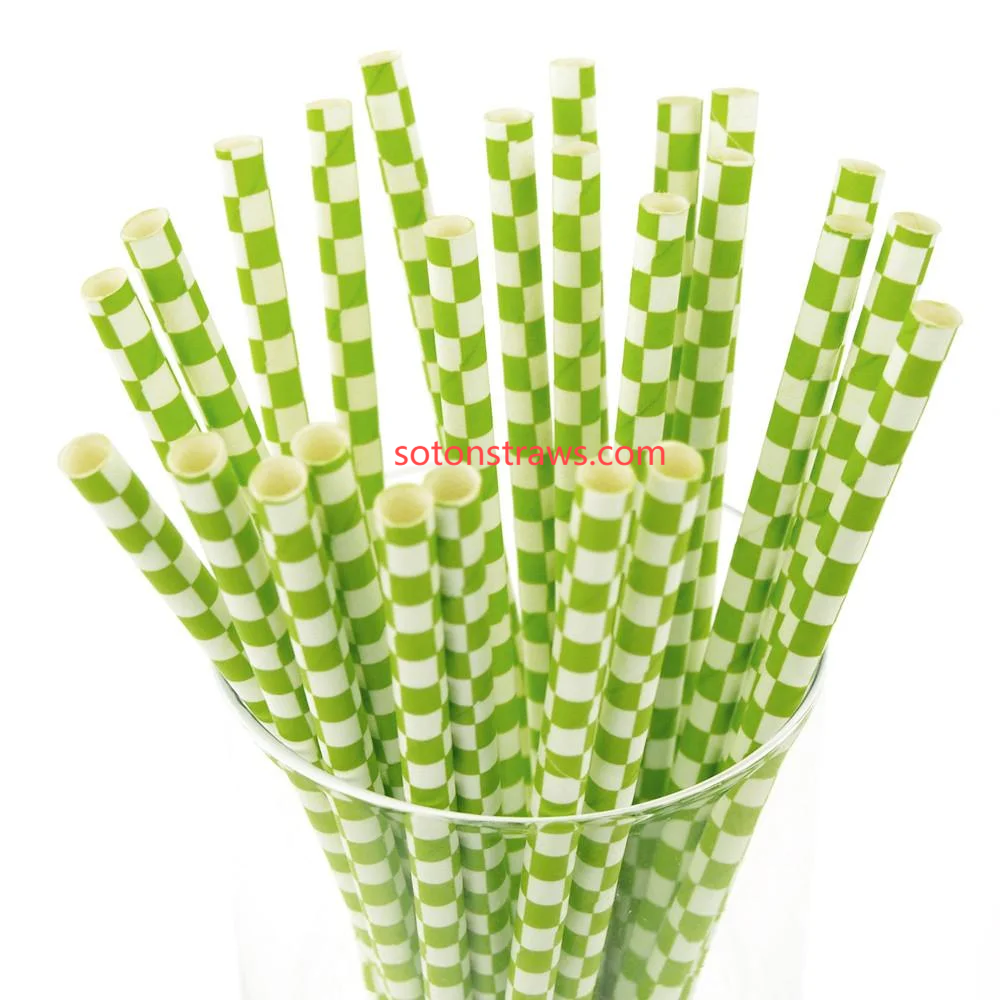Soton’s Circular Symphony: Where Sipping Meets Regeneration As China’s Eco-Friendly Paper Straws Manufactory reimagines its role in the sustainability ecosystem, a silent revolution is unfolding—one where every discarded straw becomes the seed of tomorrow’s innovation. No longer confined to linear production, these pioneers are weaving closed-loop systems that transform waste into wonder, aligning with global circular economy mandates while addressing localized recycling challenges.
The journey begins in urban cafés, where smart bins equipped with AI vision sort used straws by material composition. Collaborating with domestic universities, manufacturers have developed enzymatic separation techniques that isolate PLA coatings from paper fibers at molecular levels, a breakthrough overcoming hybrid material recycling hurdles. The reclaimed fibers are pulped into 3D printing filaments, their cellulose-rich structure ideal for crafting biodegradable retail displays for bubble tea shops—turning yesterday’s waste into today’s marketing tools. This circular alchemy not only diverts tons of landfill-bound waste but also empowers F&B brands to showcase their sustainability ethos tangibly.
Blockchain technology anchors transparency. Each straw batch is tagged with cryptographic identifiers that chronicle its lifecycle—carbon absorbed during paper production, recycling participation rates, even the energy consumed during 3D reprinting. Cafés partnering with Eco-Friendly Paper Straws Manufactory integrate these metrics into loyalty programs: customers scanning QR codes earn "green coins" redeemable for plant-based desserts, fostering a gamified circular economy. For corporate clients, this immutable ledger simplifies compliance with EU-style regulations requiring minimum recycled content, future-proofing exports.
Agricultural synergy closes the loop. In Shandong, rice husks—once burned as waste—are milled into cellulose additives that enhance straw durability without synthetic coatings. Post-consumer straws collected from cities are composted in rural biogas facilities, the resulting fertilizer nurturing reed plantations that supply future raw materials. This city-country symbiosis is amplified through "straw-to-stalk" art festivals, where communities sculpt recycled straw composites into public installations, visually narrating regeneration.
click sotonstraws.com to reading more information



